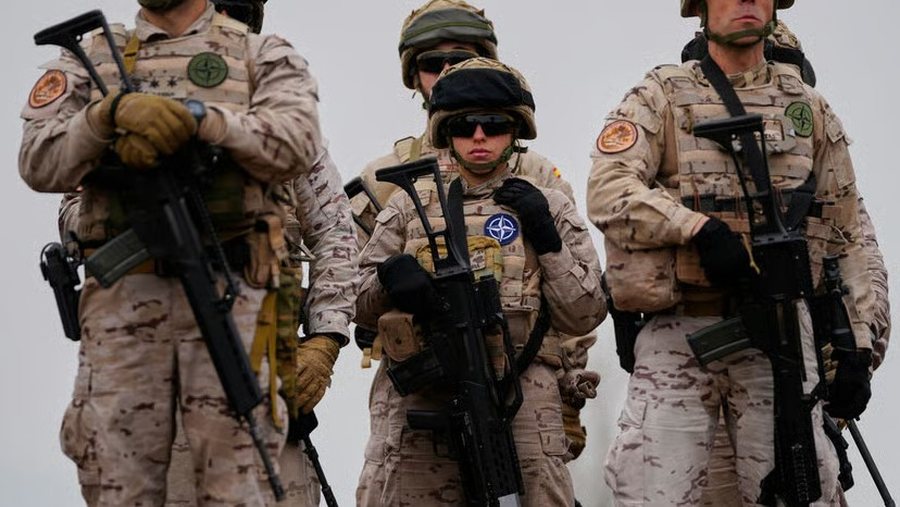
What makes a good NATO ally? Debates over burden-sharing have "shaken" the alliance since its founding in 1949, says Rafael Loss, of the European Council on Foreign Relations.
Recently, Donald Trump, both in his first and current term, has rightly criticized Europeans for not paying their share, while America keeps everyone safe, writes "The Economist".
Belgium's defense minister has vowed to end a "period of national shame" in which the country was "not loyal to its status as a founding member of NATO." Even Iceland, which has no armed forces, is looking for ways to be "a good ally."
To get a sense of where things stand, look at three elements: money (how much is spent), capabilities (what it is spent on), and commitment (deployment to missions). Let’s start with money. At first glance, there is much to praise. All but ten of NATO’s 32 members meet the current spending target of 2% of GDP, compared with 25 that paid it a decade ago. Italy and Spain, two of the alliance’s lowest spenders, have pledged to meet it. But the positives largely end there. For one thing, the 2% target is outdated; at the summit opening on June 24 in The Hague, the alliance is expected to agree on a new target of 3.5% of GDP, plus another 1.5% for supporting infrastructure. Moreover, the percentage is a poor way to measure combat readiness. Members have long padded their figures by inserting unrelated budget items under the defense umbrella, A2 reports.
A better gauge of who is meeting their obligations is to look at what the money is spent on. NATO requires members to spend at least 20% of their military budgets on equipment. Almost all meet this target, although it is likely to increase to a third at the summit. But again, a focus on numbers may not tell you whether the equipment is serving the purpose of collective defense. Take Greece, for example. Last year it spent 36% of its military budget on equipment, one of the highest rates. However, most of this has been focused on opposing Turkey, another NATO ally, not Russia.
What the division of labor will look like is not yet clear. NATO is expected to set "new targets" in June, which will determine the equipment each member will be required to provide.
NATO is considering greater specialization. The head of its Military Committee, Admiral Giuseppe Cavo Dragone, has called for a “multi-speed approach,” in which larger armed forces would take on the burden of projecting power against Russia, while smaller states focus on more mundane but achievable tasks such as logistics or cybersecurity. This is already the case to some extent. Luxembourg, with just 900 soldiers, is a critical hub in providing satellite communications in space and contributes to NATO’s spy plane program. Iceland operates an air defense and surveillance system. But convincing countries like Spain and Italy may be trickier. Planners could play to their strengths by asking them to invest more in naval assets.
NATO should take heart when it comes to actual operational commitments, the third element. Even the most stingy allies have contributions to the “game.” On the eastern flank, Spain is responsible for a brigade-sized multinational force in Slovakia, and Italy oversees one in Bulgaria. Portuguese fighter jets help patrol the skies over the Baltic. Almost every small member—from Croatia and Albania to Slovenia—contributes troops to NATO’s eastern flank.
The more pressing question is whether these limited commitments will be strengthened. In the event of a major war in the east, NATO wants to be able to muster about 100,000 troops within ten days, a significant increase from the 40,000 it currently budgets. It wants to muster another 200,000 troops within 30 days. Without American soldiers, the Europeans will struggle to be ready to meet these objectives unless they spend much more on recruitment. Money may still be the most important factor in the end.
(A2 Televizion)











